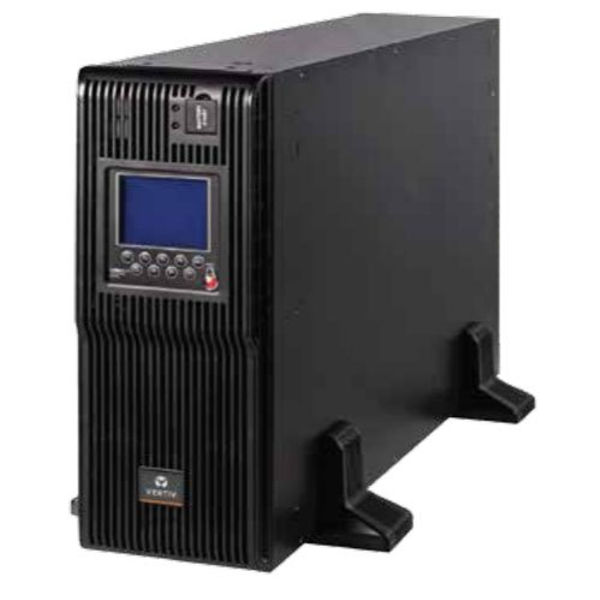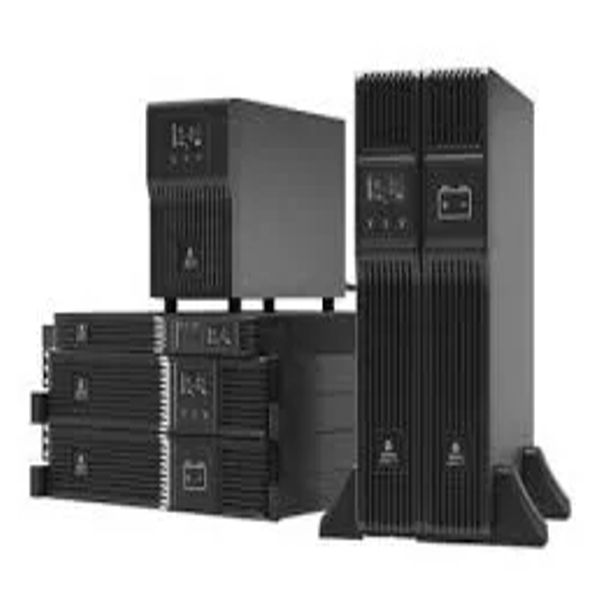The Vertiv 300kVA UPS (Uninterruptible Power Supply) is designed to provide reliable power protection for critical applications. Here are the key details: Key Features Power Capacity: 300 kVA (kilovolt-amperes) capacity, suitable for large-scale operations. Topology: Typically utilizes a double-conversion online topology, ensuring continuous power supply and high efficiency. Input Voltage Range: Designed to handle a wide input voltage range, which helps in maintaining stability during voltage fluctuations. Output Voltage: Standard output voltage options, often configurable to meet specific requirements. Efficiency: High efficiency ratings, often exceeding 95% in online mode, which helps in reducing operational costs. Technical Specifications Dimensions: Compact design for easy installation in various environments. Weight: Hefty weight due to robust construction, ensuring durability. Cooling System: Advanced cooling mechanisms to maintain optimal operating temperatures. Battery Type: Typically uses VRLA (Valve Regulated Lead Acid) or Lithium-ion batteries, depending on the model. Runtime: Configurable runtime options based on battery capacity and load requirements. Monitoring and Management User Interface: LCD display for real-time monitoring of UPS status, battery health, and load levels. Remote Management: Capable of integration with network management systems for remote monitoring and control. Alarms and Notifications: Equipped with alarm systems to alert users of any issues or maintenance needs. Applications Data Centers: Ideal for protecting critical IT infrastructure. Telecommunications: Ensures continuous operation of communication systems. Industrial Applications: Supports manufacturing processes that require uninterrupted power. Maintenance and Support Service Options: Various service plans available, including preventive maintenance and emergency support. Warranty: Standard warranty options, with extended warranties available for additional peace of mind. Conclusion The Vertiv 300kVA UPS is a robust solution for organizations requiring reliable power protection. Its combination of high capacity, efficiency, and advanced monitoring features makes it suitable for a variety of critical applications. For more detailed specifications and options, you may refer to the official Vertiv website or product catalog.
Send Message







